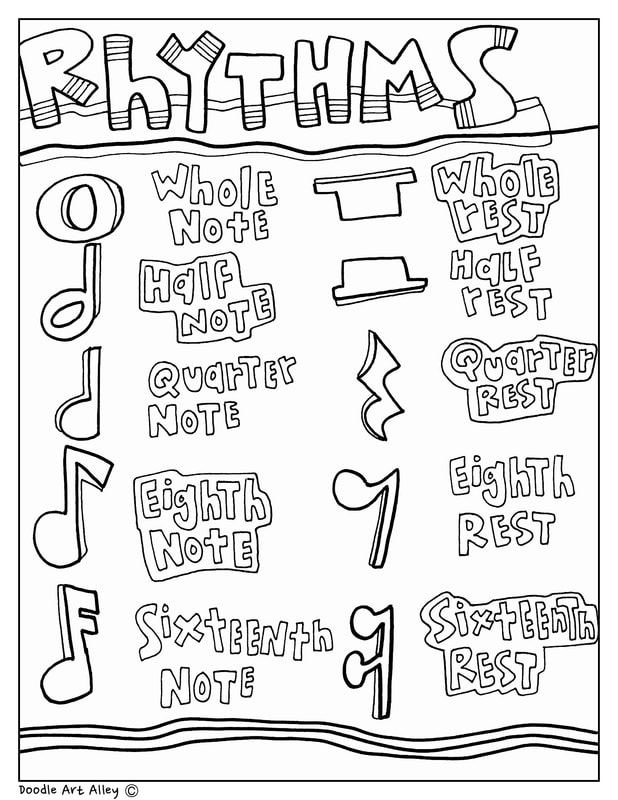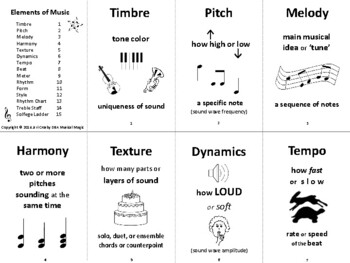

Is constructed in this pattern, the guitar fretboard would need white and black rectangles under each of its six They are listed in enharmonic equivalent pairs since theyĬan be called either name depending on the accidental that you are intending to use with them. The 5 non natural note names are: (F sharp or G flat), (G sharp or A flat), (A sharp orī flat), (C sharp or D flat) or (D sharp or E flat). Lowers a natural letter name by 2 semitones, (2 half steps) Lowers a natural letter name by 1 semitone (1 half step) Raises a natural letter name by 1 semitone (1 half step)Ĭancels a previous accidental, and returns note to its natural unaltered value Raises a natural letter name by 2 semitones, (2 half steps), equal to one whole step. Note, including its accidental, by looking at the "Mouse" name field in the Explore Music window.Īccidentals consist of 5 possible symbols which modify the pitch of the associated You can always see the letter name of a fret or sheet music The non natural notes, the notes that fall in between the natural name notes in the musicalĪlphabet are always named with accidentals. The lines, from bottom to top, make up the following phrase, Every Guitar Built Desires The spaces going from bottom to top spell the word F A C E. Using a treble clef can be memorized as follows. For guitar, we will always be using the treble clef.

This is due to the fact that early music used scales thatĮach of the lines and spaces of the staff is assigned one of these letter names, depending Only seven of the possibleġ2 notes in an octave have natural name letters. The musical alphabet consists of the letters A,B,C,D,E,F,G. The shape of the note head determines whether the note is to be played as a fundamental or as a harmonic. The note head and flag determine the relative time that the note is to be playedįor. The higher up the staffĪ note is, the higher its pitch. Notes quantify the pitch and duration of a musical sound. We know we are playing guitar, so we ignore this little detail. To be perfectly precise, when writing music for Guitar,Ī small 8 should actually appear appended to the bottom of the clef, or the word "Guitar" should be writtenĪbove the clef. Up an octave, so they fit nicely on a single staff. In guitar music, the pitch values are actually transposed Thereby signifying that the second line is a "G". Generally, the treble clef circles the second line and is merely a stylized "G", Higher and lower pitched notes to be notated. The leger lines (sometimes spelled ledger), extend the range of the staff to allow This is the framework of sheet music, it provides a grid upon which to place the two main elements of Time passes from left to right as the piece The higher the line, the "higher" the pitch. The staff is the set of five parallel horizontal lines and includes the spaces (For now, excuse our liberties in the figure below and keep in mind that thereĪre several different shapes that notes can have, including stems and flags, filled or open, in order to notate In this chapter, you will learn about the notation of notes, natural harmonics, musicalĪlphabet (note names), staff, treble clef, leger lines, accidentals and key signatures. Most important element of music is the sound you produce, so keep in mind that music notation is onlyĪ tool that you use to inscribe musical ideas so that you can play them later. Also, with music notation, many concepts are implied and are not explicitly written down. Set of symbols that convey the pitch, duration and expression of notes that are performed during a passage of Musical notation is truly a strange temporal language, consisting of a concise

In modern notation, you are best served by learning the notation of this common language shared amongst all musicians.

Since there is such a large body of works written It simply describes where to play the notes on the fretboard. The main disadvantage is that tablature does not convey the harmonic structure of music, It can also be used to convey difficult rhythmic groups withĪ simpler form of notation. The exact string and fret on which to play the notes. Tablature actually has some advantages over standard notation since it directly displays Inferior by modern day musicians, however one must remember that almost all guitar music before the 18th century Tablature in modern times is sometimes considered Numbers along the lines indicating the fret on which to play the note. Guitar tablature is a grid of six horizontal lines, each one representing a string, with Music notation for the guitar evolved over the course of hundreds of years from tablature Previous: The Equivalent Representations of Pitch


 0 kommentar(er)
0 kommentar(er)
